
- Home
- About Us
- Product
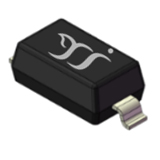 Automotive
AutomotiveSmall Signal Switching Diode Small Signal Schottky Diode Small Signal Zener Diode Small Signal Transisitor SMD Rectifier Diode Fast Recovery Rectifier Diode SMD Schottky Diode Transient Voltage Suppressor ESD Protection Diode Power MOS Transistor Power Transistor Small signal digital transistor Power Zener Diode SiC Automotive IGBT Automotive
-
Automotive Rectifier
Rectifier Diode Fast Recovery Rectifier Diode Schottky Diode
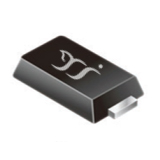 Rectifier
RectifierBridge Rectifier Standard Recovery Rectifier Fast Recovery Rectifier High Efficient Rectifier Super Fast Recovery Rectifier Schottky Barrier Rectifier PV Diode Welded Diode
-
Thyristor
Uni-directional Thyristor Bi-directional Thyristor
-
Automotive Protection Diode
Transient Voltage Suppressor ESD Protection Diode Power Zener Diode
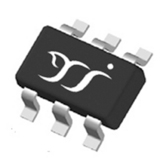 Protection Diode
Protection DiodeTransient Voltage Suppressor Thyristor Surge Suppressor ESD Protection Diode Zener Diode
-
Automotive Small Signal
Small Signal Switching Diode Small Signal Schottky Diode Small Signal Zener Diode Small Signal Transisitor Power Transistor Small Signal Digital Transisitor
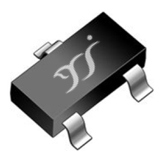 Small Signal
Small SignalSmall Signal Switching Diode Small Signal Schottky Diode Small Signal Zener Diode Small Signal Transisitor Small Signal Digital Transisitor Power Transistor
-
High-voltage MOSFET(500V-1000V)
SJ MOSFET SiC MOSFET Planner MOSFET
-
Low & Medium Voltage MOSFET(12V-400V)
N-Channel MOSFET P-Channel MOSFET
-
NP MOSFET(12V-300V)
Complementary MOSFET Dual N-Channel MOSFET Dual P-Channel MOSFET Half-bridge MOSFET
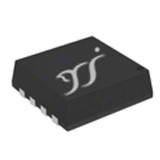 MOSFET
MOSFETALL MOSFET Automotive MOSFET
 Integrated circuit
Integrated circuitLOAD Switches LDO Shunt Regulator DC-DC
-
Automotive Rectifier
- Application
- Quality
- Investment
- Contact
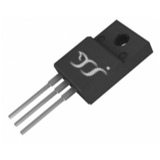
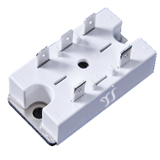
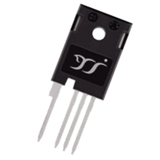

題-21畫板-1.jpg)






題-11.jpg)



 蘇公網(wǎng)安備 32100302010286號
蘇公網(wǎng)安備 32100302010286號